By now, many of you will know that the RX-7 is Mazda’s masterpiece. It is a pinnacle of engineering and its curvaceous but sporty exterior design is downright iconic.
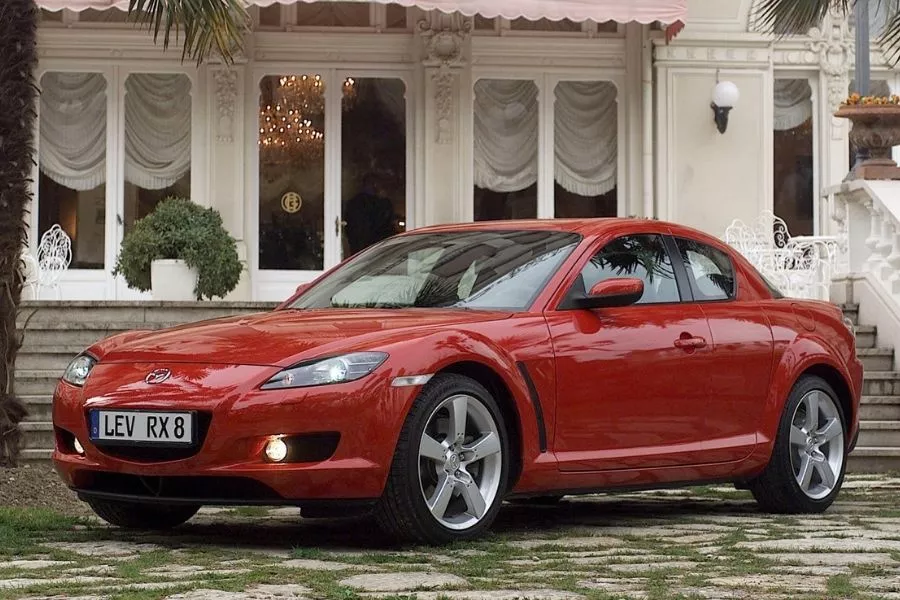
The 2003 Mazda RX-8. Yep, it lost the pop-up headlights
After the RX-7's discontinuation in 2002, the Japanese marque followed it up with the RX-8. The said model was then discontinued in 2012, and no other rotary powered sports car preceded the aforementioned model. As such, it was essentially the last of its kind.
But why isn’t this newer model as famous or as desirable as its predecessor?
Mazda RX-8: A short history
The beginnings of the RX-8 actually date back further to 1995. During this time, Mazda released the RX-01 concept car, which came powered by the 1.3-liter Renesis 13B-MSP engine. Based on its name, it comes from the same engine series like the one on the third-generation RX-7 FD3S.
The main difference between them is that the RX-7's 1.3-liter 13B-REW had twin-turbos, whereas the 13B-MSP was naturally aspirated. The newer rotary mill was also designed to reduce fuel consumption and fuel emissions even more so than its predecessor.
As time went on, the RX-01 concept was practically shelved as the world’s appetite for SUVs had grown. Despite that, a few Mazda engineers sought to continue developing the said concept car even further.
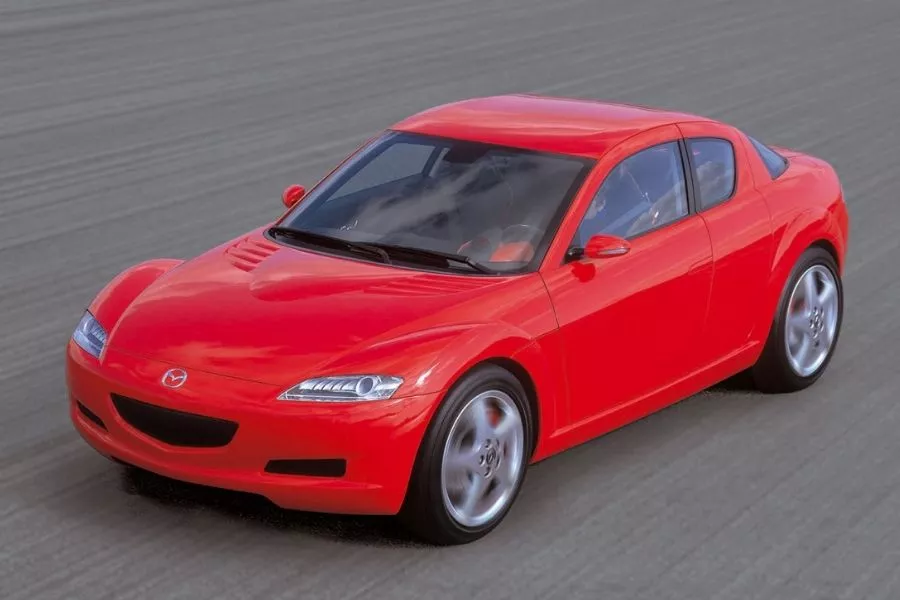
The 2001 RX-8 Concept Car
The result of this was the 2001 RX-8 concept car which featured rear suicide doors, seating for four, a nearly perfect 50:50 weight distribution, a limited-slip differential, a front-engine, rear-wheel-drive layout, and a choice of a six-speed manual transmission or four-speed automatic transmission (2004-2005). Of note, the manual versions made more power than the ones with the automatic gearbox.
Eventually, Mazda released the production RX-8 in 2002 for the 2003 model year. It still used the same engine as the concept car it was based on, and it also bore the same mechanical bits and features.
Mazda RX-8: The polarizing successor
As the internet puts it, the RX-8 was a very far cry from the RX-7. Some even went on to say that it didn’t exactly deserve its RX moniker. The main reason for this is that the RX-8’s the Renesis 13B-MSP produced less horsepower than the older 276 horsepower 13B-REW.
Sure, it kind of addressed the previous issues the older engine had, but the Japanese-spec high power Renesis version only made 238 horsepower. This was the price of making the 13B-MSP more efficient in terms of fuel usage, and designing it to have less emissions.
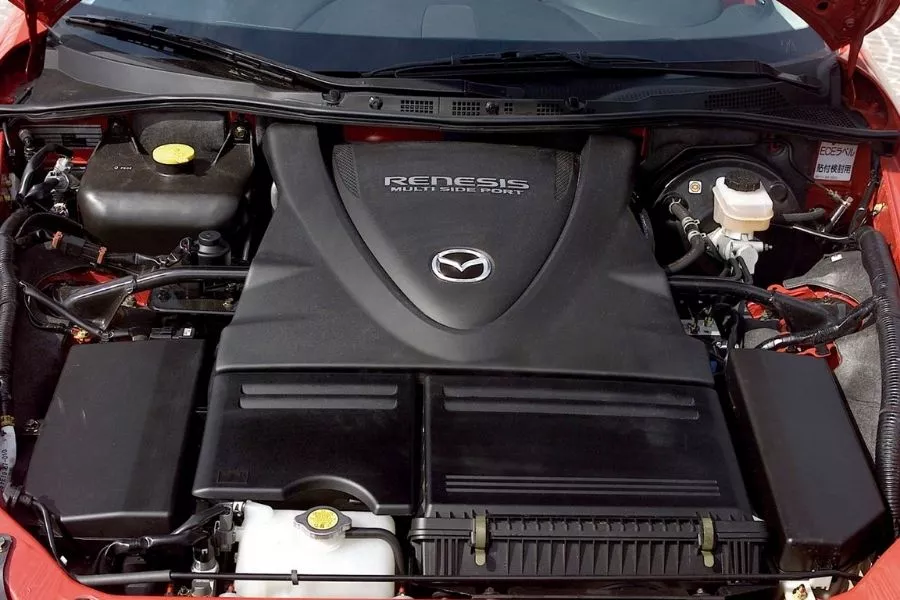
It was also during this era when manufacturers started using large plastic covers for their engines
Later onwards, several special edition versions (including a Mazdaspeed version) were released. The model also received a mid-cycle refresh in 2008, where it gained better gear ratios, better electrical bits, a third oil injector port for better lubrication, and exterior design upgrades. Throughout these later editions however, it remained less powerful than the third-gen RX-7 FD.
Speaking of exterior design, the RX-8 also lacked the sleek and eye-catching curves and smoothness of the RX-7. In contrast, it featured more angles and sharp corners. Its front fascia is also a departure from the RX-7's aerodynamic, tucked-in look and it instead is more alike with the Mazda 3 and Mazda 2 models from the early 2000s. And yes, many are of the opinion that the RX-8 cannot compare to the timeless looks of the RX-7, but then again one should also remember that safety standards were also beginning to influence exterior car design during this time.
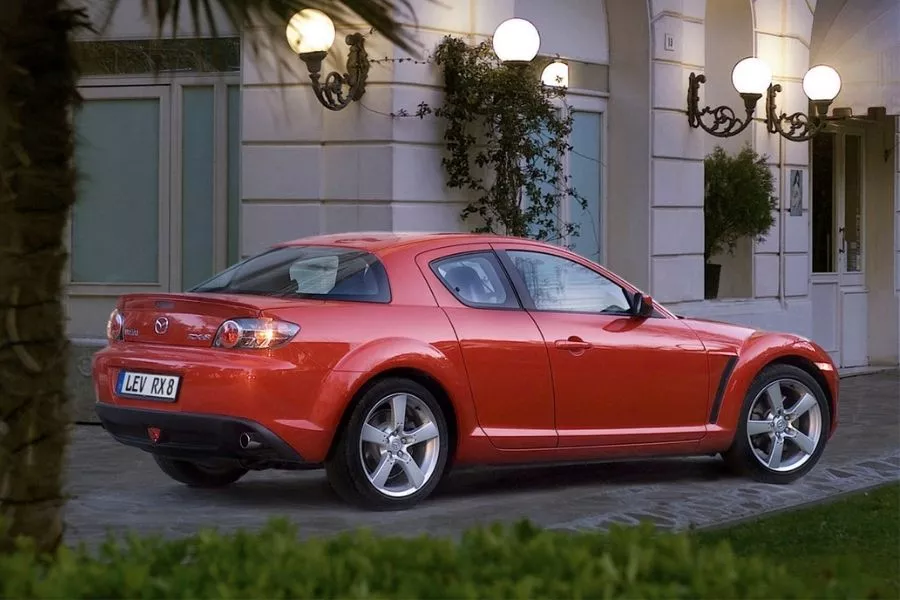
The 2003 Mazda RX-8 looks smooth from the rear, but it doesn't have the sensuous curves of the RX-7
Do note also that apart from emissions standards and the polarizing exterior design, the RX-8 and the RX-7 didn’t exactly share the same target market. In fact, the older RX model was meant to compete against the Porsche models at that time. In turn, the RX-8 was marketed to 30- to 40-year-old professionals. So maybe, many who are critical of the RX-8's performance and looks aren’t even the ones who Mazda thinks the car is for.
Also, the RX-8 in of itself wasn’t actually a bad car to begin with. It was actually great at taking on corners, and it had more practicality as it had better luggage space and passenger space than the RX-7. Moreover, it was a whole lot cheaper than the RX-7 when it came out. Heck, even some used units in the Philippine market are pretty affordable.
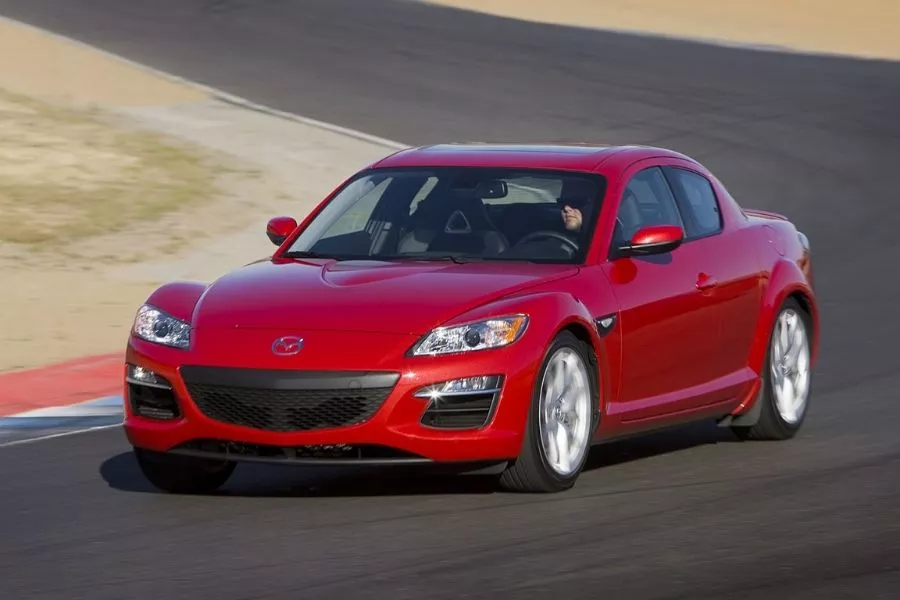
The Mazda RX-8 for the 2009 model year (US version pictured)
Be warned though, maintaining a wankel-rotary engine in this day and age can be quite stringent on time, money, and patience. Parts aren’t common in the local aftermarket, and only a few local mechanics are knowledgeable on this type of engine.
The Mazda RX-8's demise
Apart from being unpopular with most of the RX-7's fanbase, the RX-8's career was also cut short by several factors. First off, it didn’t meet the emissions standards that were popping up in several regions during that time despite Mazda’s efforts in redesigning the 13B series. Mazda was even forced to withdraw the model from Europe in 2010 due to the same reasons.
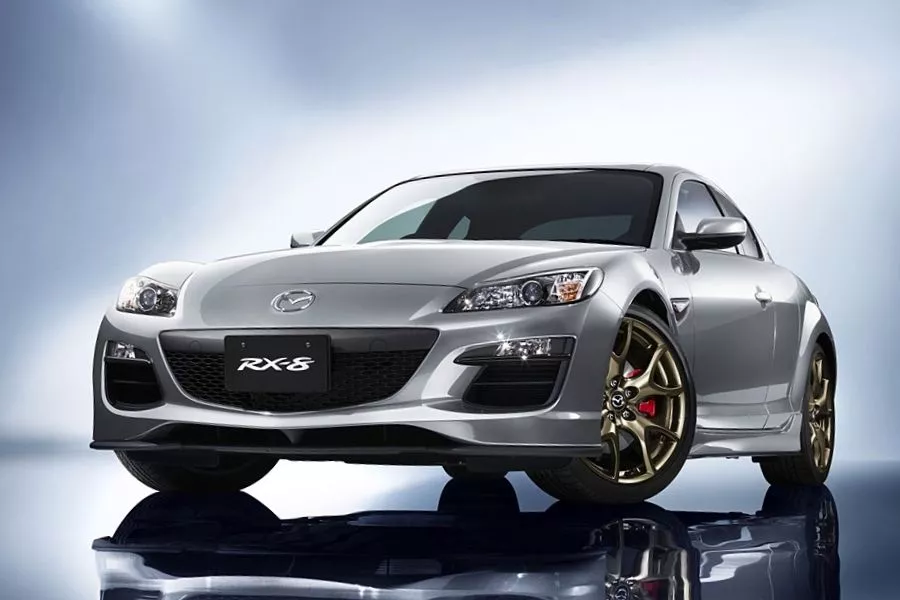
The 2009 Mazda RX-8 Spirit R. The special final edition for the Japanese Domestic Market
And of course, there was the 2008 financial crisis. This meant that many companies including Mazda had to prioritize their resources into projects that made financial sense. As such, it didn’t pour in that much effort in developing the RX-8 further as they did with the RX-7.
About that part about being the last though, the RX-8 isn’t exactly that when it comes to using a rotary mill. In fact, the upcoming Mazda MX-30 hybrid will be using a rotary engine as a range extender. So in a sense, the Japanese marque is indeed bringing the said engine back from the dead. But yeah, the MX-30 isn’t a sports coupe, nor will its rotary be a high-performance engine.
For more articles talking about cars from yesteryears, keep it here on Philkotse.com.
Recent posts
- Acura NSX vs Mazda RX-7 drag race Jun 30, 2021
- Mazda RX-7 mechanically unique Jun 28, 2021
- Mazda Philippines price List 2025 Mar 08, 2023
















